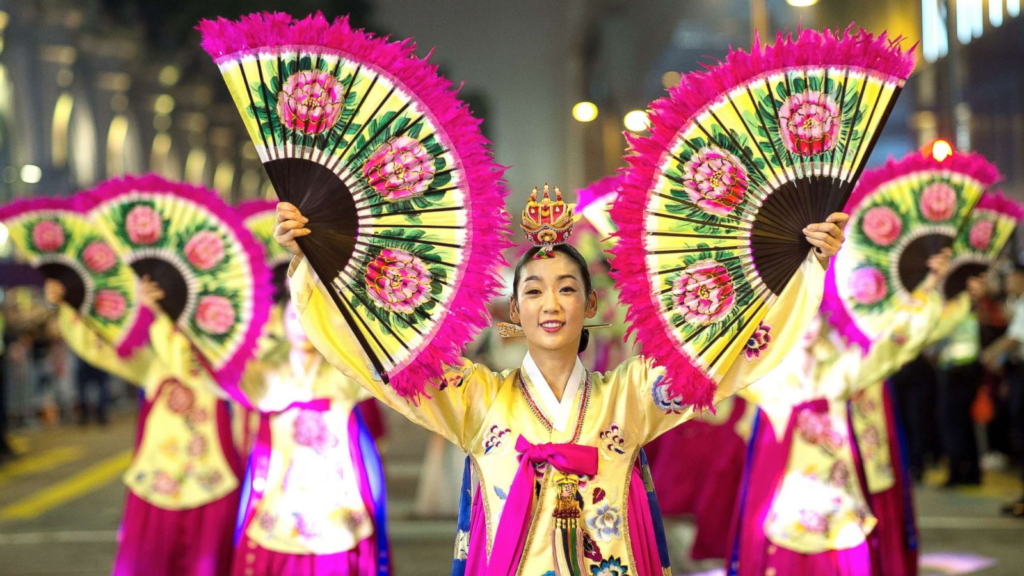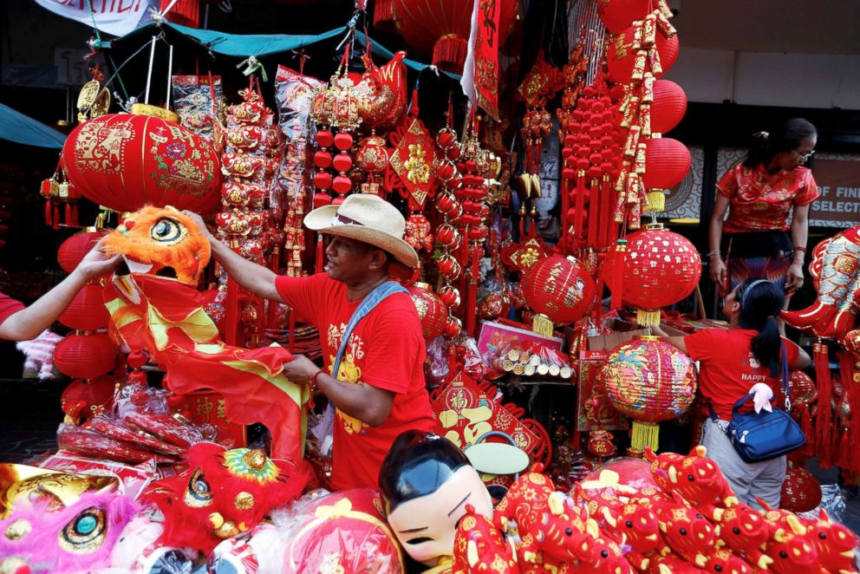Lunar New Year 2024 : The Spring Festival, also known as Chinese New Year, is celebrated by billions of people worldwide and is characterized by themes of hope and reunion.
Lunar New Year 2024 : Introduction
Lunar New Year 2024 : Observed by billions of people worldwide, the Lunar New Year, also known as Chinese New Year or Spring Festival, is a cultural extravaganza marked by themes of reunion, hope, and tradition. Celebrated with fervor across various countries, this festival not only embodies cultural richness but also prompts the planet’s largest annual migration of people. While it’s often referred to as Chinese New Year, its celebration extends far beyond the borders of China. This year, Lunar New Year falls on February 10, 2024, heralding the beginning of the Year of the Dragon. It’s a time for family gatherings, indulging in sumptuous feasts, and vibrant celebrations that echo through the streets.
ALSO READ : University Of The Potomac And MedCerts Forge Strategic Partnership To Enhance Academic Offerings

Understanding the Lunar New Year
Lunar New Year 2024 : While modern China follows the Gregorian calendar, its traditional lunisolar calendar, in use since ancient times, dictates its festive occasions. The Lunar New Year, rebranded as the Spring Festival in China, is determined by the lunar phase, resulting in variations in its date annually. Each year is symbolized by one of the 12 animals in the Chinese zodiac, steeped in folklore and tradition. Beyond China and Hong Kong, Lunar New Year is celebrated in South Korea, Vietnam, Tibet, and other regions with significant Chinese communities, resonating with themes of reunion and hope across borders.

Celebratory customs and traditions
Lunar New Year 2024 : For Chinese communities, the Spring Festival extends over 40 days, encompassing various rituals and sub-festivals. The highlight is the reunion dinner on the eve of the New Year, a cherished tradition symbolizing unity and familial ties. Firecrackers, once used to ward off mythical beasts, are now a symbol of jubilation, though their use has diminished due to environmental concerns. The color red dominates decorations and attire, symbolizing prosperity, while the exchange of hongbao, red envelopes filled with money, signifies good fortune.
In Korea, Seollal is marked by making rice cake soup and paying homage to ancestors, fostering a sense of continuity and reverence. Vietnamese celebrations during Tet feature vibrant flowers, symbolizing renewal and prosperity, adding a colorful dimension to the festivities.

Chunyun : The great migration
Lunar New Year 2024 : An unparalleled phenomenon during the Lunar New Year is chunyun, or spring migration, characterized by mass travel as millions journey to their hometowns for reunions and festivities. This tradition, spanning 40 days, has earned the distinction of being the world’s largest human migration, overwhelming transportation networks and underscoring the holiday’s enduring significance.
Despite modernization, Lunar New Year remains deeply rooted in tradition, serving as a poignant reminder of cultural heritage and the importance of family bonds. As billions around the globe partake in this annual celebration, the Lunar New Year continues to foster a sense of unity, hope, and shared cultural identity on a global scale.

Conclusion
Lunar New Year 2024 : The Lunar New Year is not just a festival; it’s a testament to the enduring spirit of tradition, family, and hope. Across cultures and continents, billions come together to celebrate, marking the beginning of a new lunar cycle with optimism and joy. As we embark on the Year of the Dragon, let us embrace the values of unity and prosperity that define this auspicious occasion. Whether it’s through extravagant feasts, colorful parades, or heartfelt reunions, Lunar New Year reminds us of the beauty of diversity and the power of tradition in shaping our lives.

To explore more news : Click Here
ALSO READ : High-Tech Vape Detectors : A Modern Solution To Combat Rising Vaping Incidents




































